When setting up a dual battery system in your vehicle—essentially having one battery for starting the vehicle (start battery) and another for powering auxiliary devices (house batteries)—it's crucial to manage these batteries wisely. Imagine your vehicle and house batteries like two water tanks. If you connect them with a big pipe (directly connect both batteries without isolation), when you use water from one tank (use power from the house battery), the level in both tanks drops (both batteries drain together). This scenario is far from ideal because you might find yourself with insufficient power to start your vehicle if both batteries drain too low.
Why Isolation is Key
The key to managing a dual battery system effectively is to ensure that the start battery remains charged enough to start your vehicle, regardless of how much power you draw from the house batteries. This is where the concept of an isolation system comes into play. Think of an isolation system as a valve between our two water tanks. This valve can decide when to connect or disconnect the tanks (batteries) based on certain conditions, ensuring that using water (power) from one does not empty the other.
The Evolution of Isolation Systems
- Manual Switch: In the early days, a simple solution was a manual switch that acted like a valve you could open or close yourself. While effective, it relied on the person remembering to switch it on or off—like remembering to turn off the lights when leaving a room. As you can guess, it's easy to forget, leading to drained batteries.
- Voltage Sensing Relay (VSR): Then came the voltage sensing relay. This device automatically connects or disconnects the batteries based on their voltage. When the start battery is fully charged and reaches a certain voltage, the VSR connects the batteries, allowing the house batteries to charge. Once the engine (and thus the alternator) is off and the voltage drops to a certain level, the VSR disconnects the batteries. This system is smart but has limitations, especially in modern vehicles with more complex electrical systems or in conditions requiring more precise control over charging.
- DC to DC Charger: The latest and most efficient solution is the vehicle DC to DC charger. This device not only isolates the batteries but also ensures that the house batteries are charged optimally. It converts the vehicle's DC electrical output to the proper voltage and current to safely charge the auxiliary batteries. This means even if your vehicle's alternator provides a slightly higher or lower voltage than what the house batteries require, the DC to DC charger adjusts this to the right level, ensuring efficient and safe charging. Moreover, it protects against overcharging and allows for the use of solar panels as an additional charging source, making it a versatile and highly recommended solution for modern dual battery systems.
Why a DC to DC Charger is a Better Solution
A DC to DC charger provides several benefits over older systems:
- Optimal Charging: It ensures that house batteries are charged at the correct voltage, improving battery life and efficiency.
- Flexibility: It can handle inputs from various charging sources, including alternators and solar panels.
- Protection: It prevents overcharging and ensures the start battery is always ready to go.
- Automation: It eliminates the need to remember to switch the system on or off, making it hassle-free.
In conclusion, while manual switches and voltage sensing relays have their places in history, the advent of DC to DC chargers has revolutionized how we manage dual battery systems, making them more efficient, reliable, and user-friendly for beginners.

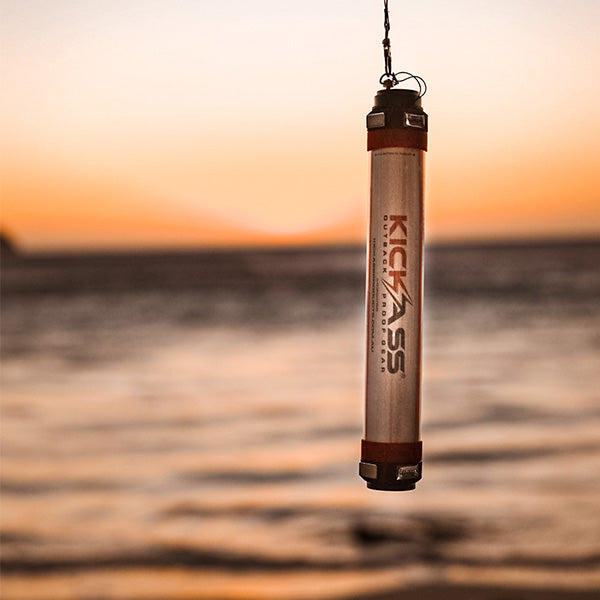
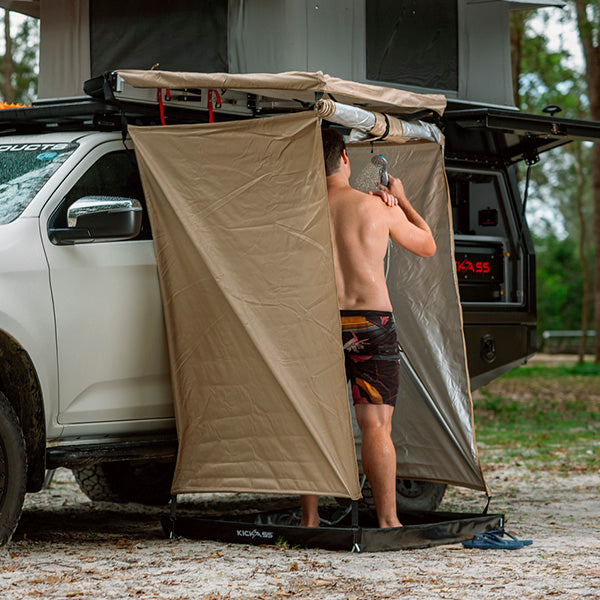
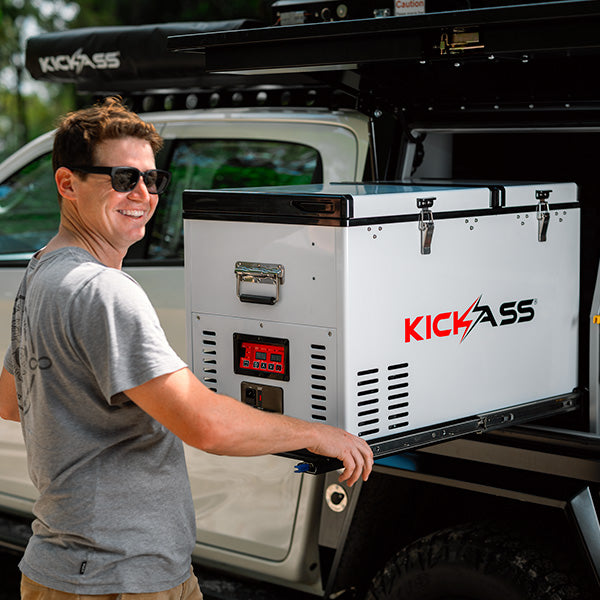
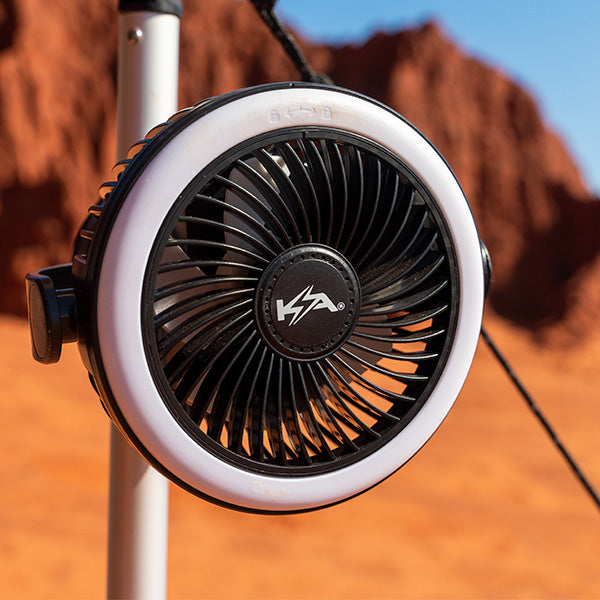
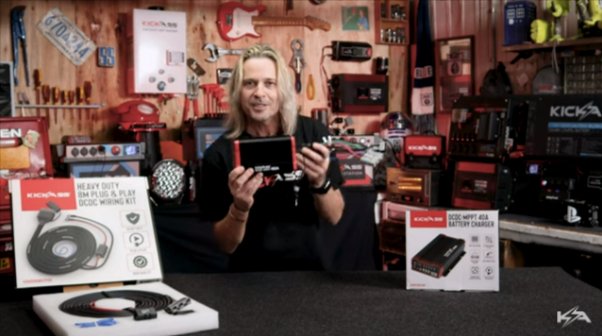
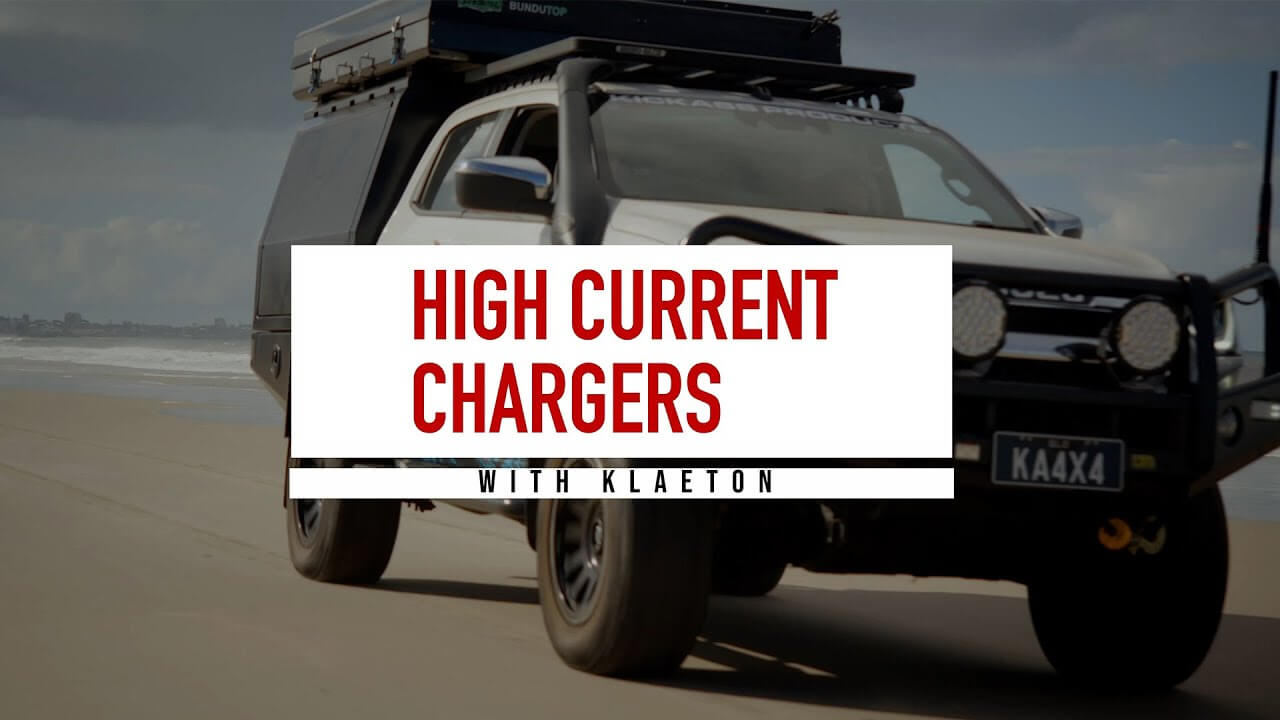

Leave a comment
All comments are moderated before being published.
This site is protected by reCAPTCHA and the Google Privacy Policy and Terms of Service apply.